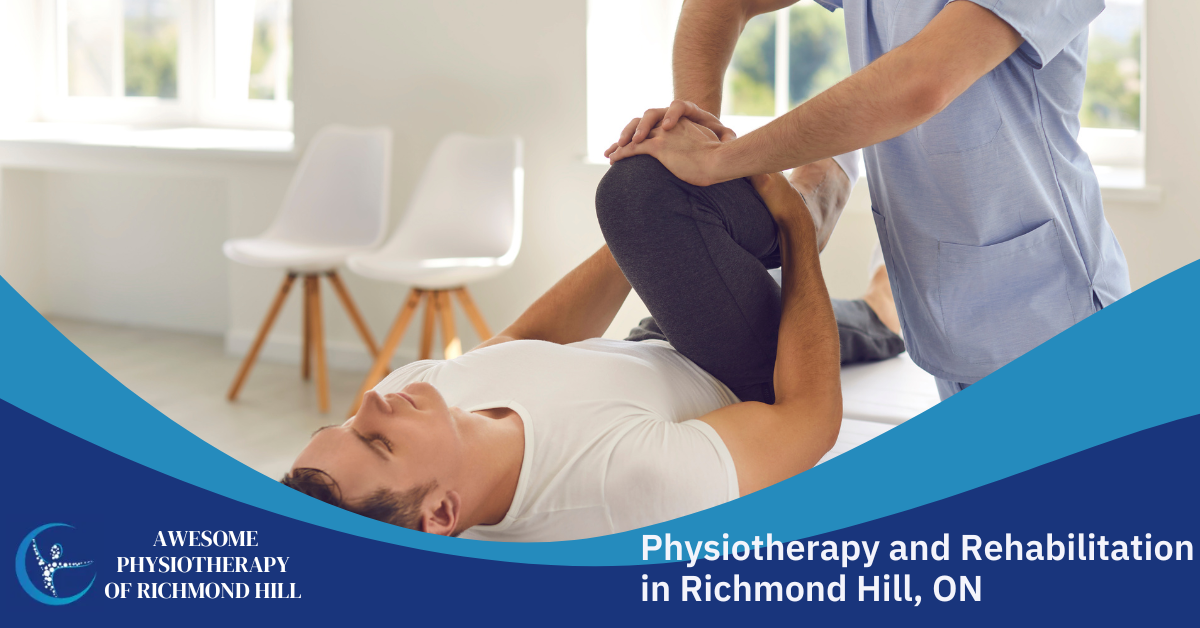Physiotherapy vs Physical Therapy: Are They Different?

Physiotherapy has been used for centuries as a form of treatment modality. Physiotherapy is used to treat individuals affected by some form of injury, illness, or disability. The goal is to re-establishing their movement and physical strength.
Hippocrates, a Greek physician who is seen as the father of medicine, emphasized the importance of exercise to improve physical strength in 460 BC. Over the years, physiotherapy has evolved into the treatment form we know today.
Initially, physiotherapists only worked in hospitals. In the late 1950s, physiotherapists started opening up their own practices outside of hospitals. With physiotherapists available outside of hospitals, it became a convenient form of therapy.
But even after all these years, there is still some confusion about the differences between physiotherapy and physical therapy.
These two forms of therapy not only have similar names, but the concept also sounds similar. It can be confusing trying to differentiate between them. So, keep reading to find out more about the differences between physiotherapy and physical therapy and how to decide which one is right for you.
What Is Physiotherapy?
Physiotherapists use a wide range of techniques and interventions to help you maintain, restore, and improve your body's functions. The goal of physiotherapy is to maximize your quality of life.
Physiotherapists work with their patients over time to develop customized programs to help them restore their functional ability and movement as much as possible. Physiotherapists help people in all stages of life where their body functions are impacted by:
- injury
- aging
- disease
- health issues
- environmental factors
- weight issues
- disorders
- surgery
Physiotherapists look at your body as a whole and find a way to work with you that allows you to be independent and active
A physiotherapist can work anywhere, ranging from:
- public and private hospitals
- outpatient clinics
- private practices
- rehabilitation centers
- nursing homes
- fitness centers
What Is Physical Therapy?
A physical therapist is a licensed medical professional that is trained to diagnose physical abnormalities and restore physical function and mobility. The goal of physical therapy is to ease chronic and acute pain by focusing on a specific area for treatment.
People seeking help from physical therapists tend to have experienced an injury or are in pain. This ranges from:
- recovering from surgery
- sports injuries
- birth defects
- recovering from immobility
Usually, people visit physical therapists to treat non-threatening injuries or ailments.
Some physical therapists will specialize in specific injuries or specific parts of the body. These specialists will have equipment designed for this specific use. If you need to continuously see a physical therapist, it might be a good idea to find one that specializes in your area of need.
In the United States, a physical therapist must have:
- a doctor of physical therapy from an accredited education program to be able to work as a physical therapist
- pass a state licensure exam
Physical therapists, like physiotherapists, can work anywhere, ranging from hospitals to rehabilitation facilities.
The Big Differences
Physiotherapy and physical therapy seem similar at first glance.
However, the main differences come to light when you take a look at the techniques used. Physiotherapy focuses on hands-on techniques. A physiotherapist will manipulate, mobilize, and massage the tissues of the body.
These techniques relieve pain, improve circulation, and promote movement.
Some common physiotherapy techniques include:
- massage to help stimulate the soft tissue of the body
- stretching and myofascial release
- joint mobilization
- joint manipulation
- acupuncture
- kinesiology
- osteopathy
- physiotherapy instrument mobilization
- minimal energy techniques
In contrast, a physical therapist uses physical exercise as the main technique. A physical therapist will design exercises based on your specific needs. These exercises contract, relax and increase mobility in affected body parts.
The goal of a physical therapist is to get you reacquainted with the movements that are painful or impossible to perform. Once you start to get used to the movement again, you can slowly start performing them at home.
While physical therapists focus on exercises, they also use other techniques and equipment. Ice and cold packs or infrared heat is a common treatment technique in physical therapy to treat chronic conditions and ease your pain. Ultrasound treatments are also common, as they can be used to reduce inflammation.
TENS units are one of the more common physical therapist equipment pieces. These units treat chronic and acute pain through electrodes that are placed on the skin near the affected area. The electrodes then send signals to your nerve fibers that block pain signals.
Most people can benefit from seeing a physiotherapist or physical therapist at some point in their life.
Both focus on preventing injury, improving flexibility, and managing pain. The one you choose will be based on your personal needs. If you're unsure which to contact, you can always go for a consultation to help you decide on a treatment path.
Physiotherapy and Physical Therapy Explained
Knowing more about physiotherapy and physical therapy will make it easier to know which one will be better for you.
Both have similarities and use movement and hands-on techniques as a way to improve the body's condition. The way these techniques are approached is where the difference lies. Physiotherapy focuses on manual therapies, whereas physical therapy focuses on exercise-based movements.
Once you understand which form of therapy will be better for your needs, you can start your healing journey by scheduling an appointment. If you're looking for a physiotherapist in the Richmond Hill, Ontario area, feel free to contact Awesome Physiotherapy today.



How Physiotherapy Can Help You Recover Faster: A Guide to Physiotherapy Centers In Richmond Hill, ON







